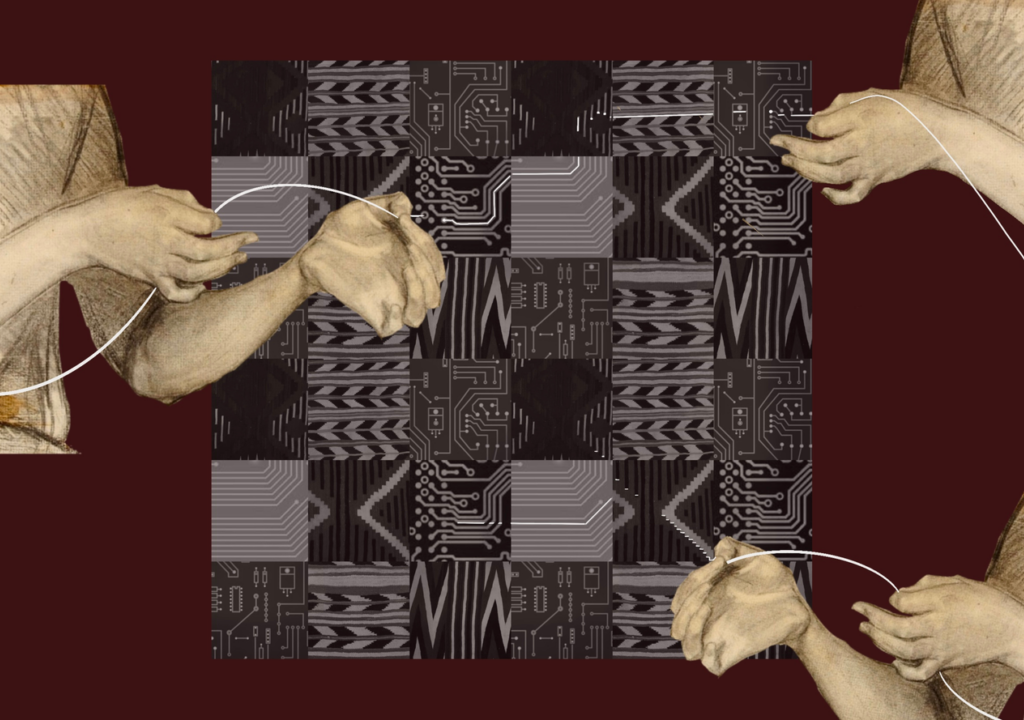Why use this planner?
The planner is a practical tool for structuring ethical reflection from the outset of an AI project. By consciously considering eight ethical principles, you, as a project manager or product owner, can quickly assess:
- Which principles are relevant to your project
- When to start working with them
- What actions are needed
- Who is responsible for follow-up
The result is a clear action plan tailored to your AI project, including a prioritisation of the most important points for attention.
There is a longer self-assessment list that you can use, but it consists of more than 100 questions. This planner is shorter and helps you identify the priorities according to the Trustworthy AI framework.
When should you use this planner?
The planner is intended to incorporate ethical considerations into the design, development and planning at an early stage. Think of it as a guide to project design.
You can integrate this spreadsheet into the ethics section of your project proposal or project initiation document. This allows reviewers to see at a glance how you are applying the relevant principles.
Who is this planner intended for?
For project managers, product owners or similar profiles who are responsible for starting up and coordinating an AI project. We recommend completing the questionnaire together with a multidisciplinary team, for example with colleagues who have technical, legal, social or ethical expertise.



